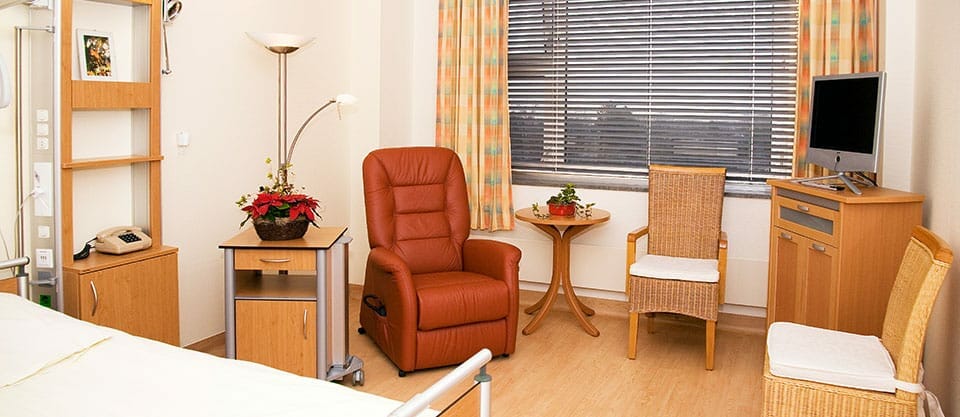With heart rhythm disturbances, a too fast or too slow heartbeat can be observed, which at the same time can be even or uneven, that is, the heart seems to “stumble”. Such heart rhythm disturbances can be permanent, or they can occur in the form of seizures.
Causes
Some heart rhythm disorders are congenital in nature, while others, like atrial fibrillation, are more likely to occur with age or are due to heart disease.
Symptoms
Slow or rapid, as well as "stumbling" heartbeat, sometimes accompanied by choking, dizziness, or loss of consciousness.
Diagnostics
Accurate diagnosis is extremely important in this case in order to exclude life-threatening cardiac arrhythmias. It consists in the analysis of the ECG at rest, often long-term ECG observations are carried out, or an attempt is made to document them using a special device that registers cardiac arrhythmias.
If these attempts do not give the desired result, it is possible to conduct a so-called electrophysiological examination with the removal of currents from the heart muscle and its stimulation in order to provoke cardiac arrhythmias and further analyze these manifestations. The presence of a heart disease must always be substantiated or excluded.
Treatment
There are a variety of treatment options. From sedative measures and drug therapy, to destruction of the arrhythmia node with a special probe (ablative treatment) and implantation of an electrical stimulator (pacemaker). In case of life-threatening rapid disturbances in heart rhythm, it is possible to implant a defibrillator - a device that itself recognizes disturbances in heart rhythm and can prevent them.
Video
Request appointment
Useful links


















